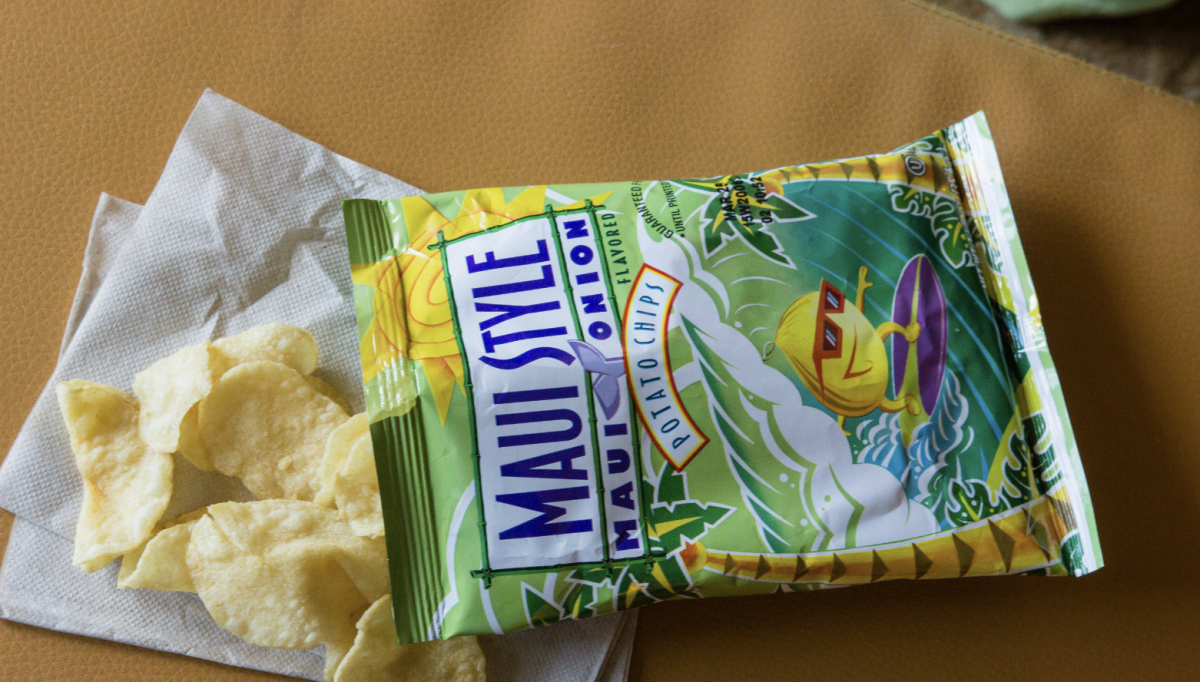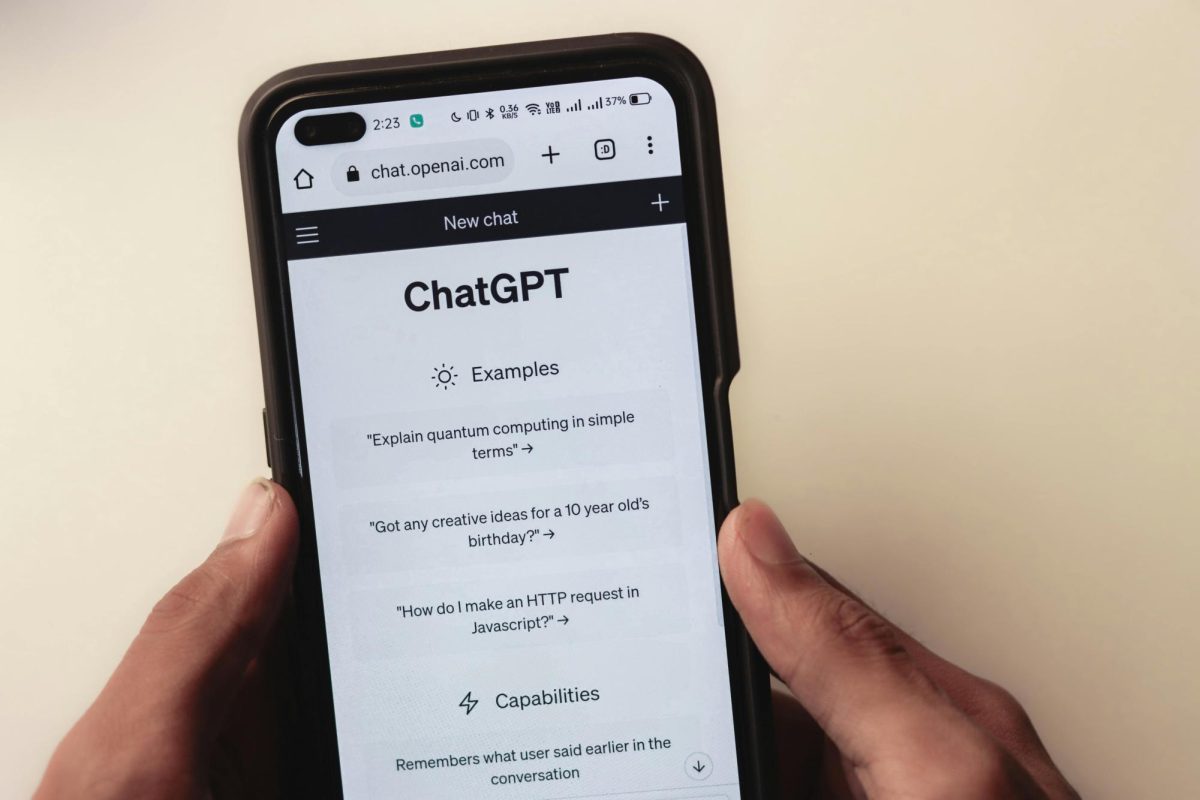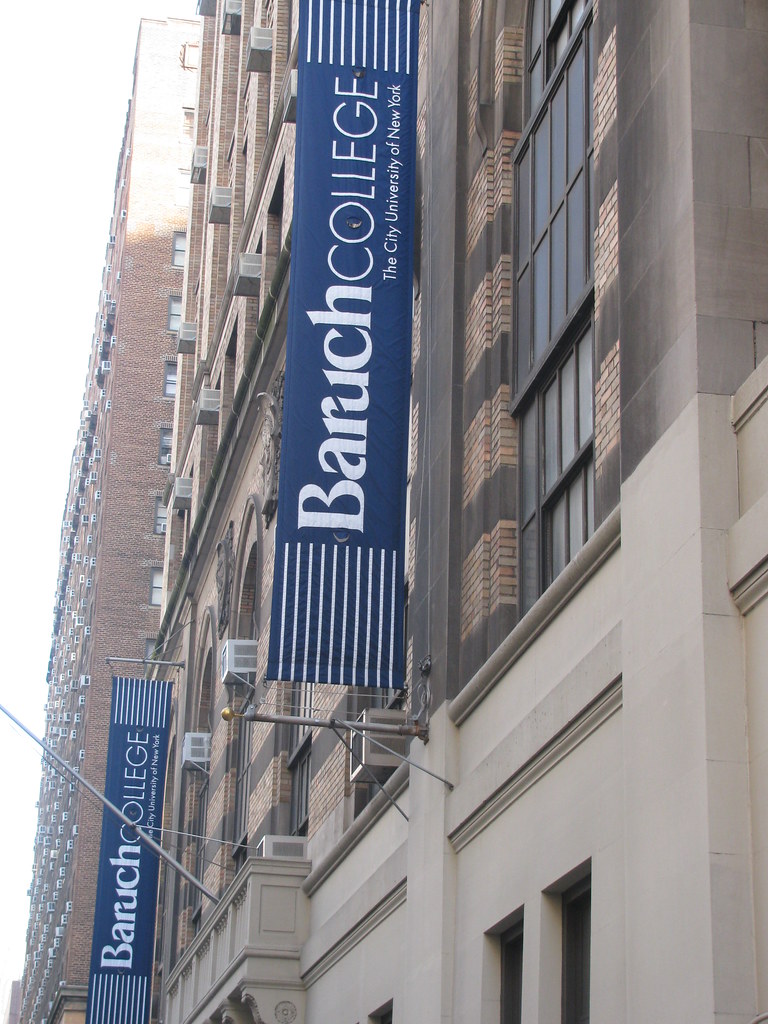In an era where everything is digital — our banking, our healthcare, our media and even our transportation — we are leaving behind old models and paying for things online.
More people are realizing that they do not need 350-plus television channels to be entertained, many have turned to “cord cutting.”
Companies have noticed that people are switching to digital for all of their needs, and are accommodating them, even finding ways to get more money out of their customers by providing various subscription services.
This has left many wondering if it’s still worth it to leave traditional media, with the plethora of options we have today.
Cord cutting is the trend of cancelling your television subscription in favor of using online streaming services in order to save money.
Veteran cord cutter, Jess Barnes of Cord Cutter News, says the trend began in the mid-2000’s when Netflix, once a movie rental company, began streaming in 2007.
A year later, products such as Roku and Apple TV allowed users to not only stream TV shows but do so on their television rather than their computers.
When the 2008 recession hit, cord cutting became a trend as many could no longer afford to pay their cable bill.
In the early days of cord cutting, what enticed many was the promise of cheaper access to television. Netflix was $7.99 in 2010 and, outside of Hulu, the company had no real competition.
As the years went on many companies realized how lucrative streaming was, pulled their content off of Netflix and began popping up with their own streaming services.
Netflix has risen their prices with their basic tier being $8.99 a month, which only allows one device at a time, their standard tier being $12.99 a month and their most expensive premium tier being $15.99, allowing four devices at once to stream shows in 4k.
Coupled with rising prices, increased competition and many fan-favorite shows being pulled off the network, the streaming giant just isn’t enough for many anymore.
Amazon Prime Video, Hulu and YouTube Red, began to create original content.
Traditional television stations have also jumped on the streaming bandwagon.
Apps are available for customers that have the networks on their cable subscriptions to watch at their leisure just like they would with Netflix.
In November, media giant Disney joined the streaming game. Disney+ streams content from major providers such as ABC, 20th Century Fox, Marvel, Pixar and more.
If someone wanted to watch a non-Disney classic like Thumbelina or watch the Disney classic Snow White, they could for just $6.99 a month.
If someone were to have subscription to Netflix, Disney+, HBO Max and Starz, they would be paying $39.97.
That’s still cheaper than DIRECTV’s cheapest subscription of $59.99, but in reality we’re usually spending much more than that.
The New York Times, reported that the users of the budgeting app Mint spent $640 on digital subscriptions in 2019. This is because many are not just subscribing to television to stream.
Compared to the early cord cutting days where all we really could cut was television, digitally available content has expanded. Years ago, families would buy a $50 external hard drive from Amazon, to store old photos.
Now, it’s possible to just pay $0.99 a month bill for high gigabytes of storage on iCloud. Instead of spending hours illegally downloading music with files that could potentially corrupt computers, students pay $4.99 for Apple Music to be able to instantly have the latest album the second it releases.
Many companies have also taken advantage of the digital subscriptions and innovated industries.
The online audio book company Audible charges $14.95 a month. The online birth control provider Nurx charges $15 a month for birth control. While these costs do add up, it should not
be viewed as a heavy investment.
These represent replacements of certain costs rather than additions. If people have various streaming services, it’s cheaper than cable.







